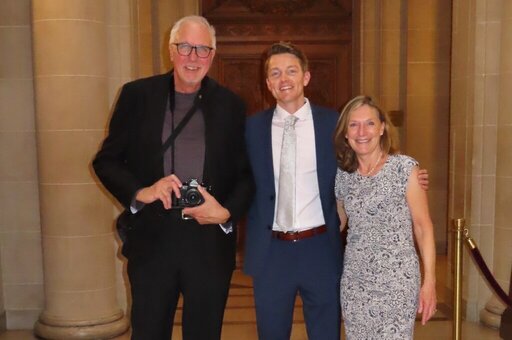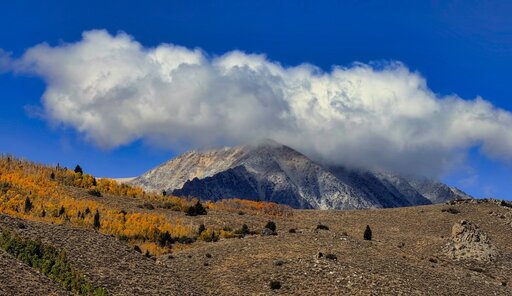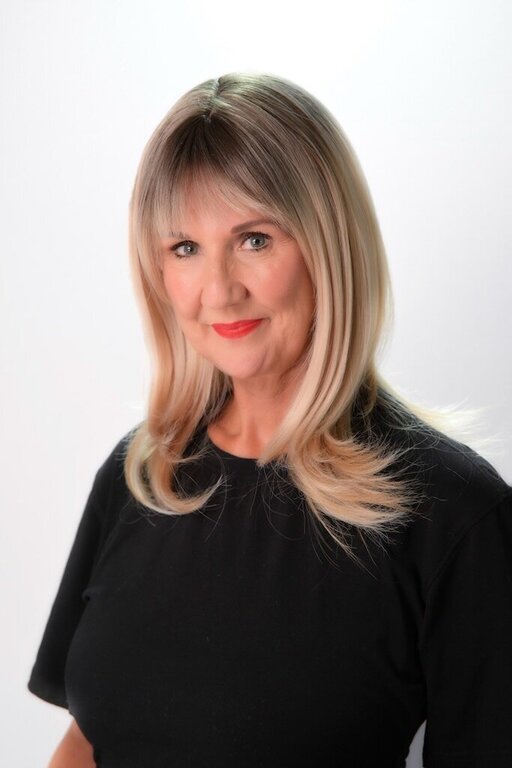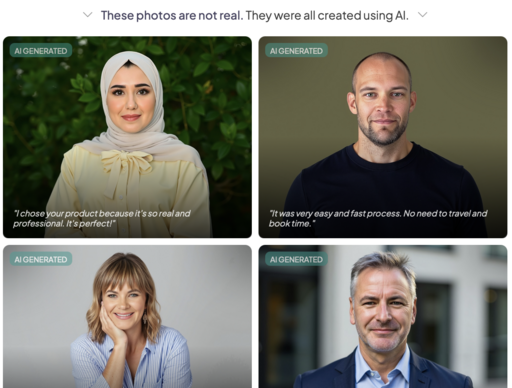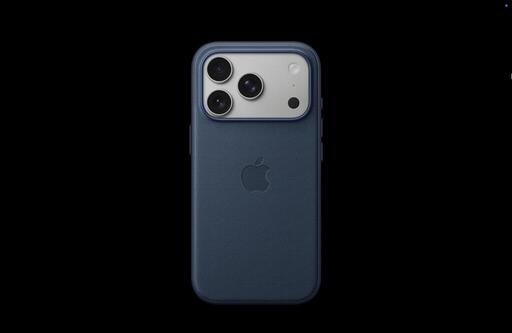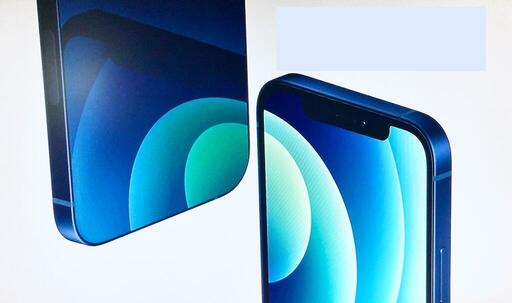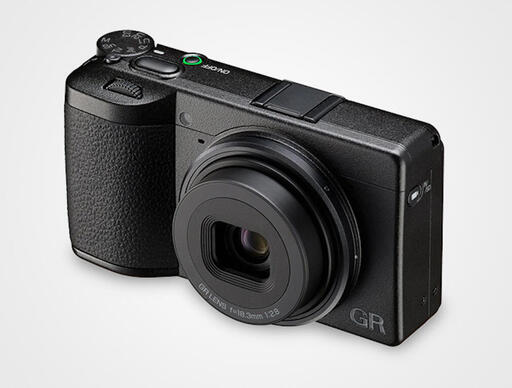This is The Digital Story Podcast 1,017, Sept. 16, 2025. Today's theme is, "Telephoto Madness - OM System, Sigma, and More." I'm Derrick Story.
Opening Monologue
September must be telephoto month. Big guns were announced by OM System, Sigma, and Sirui Aurora. Some of these are affordable, some are less so. But there's bound to be something for everyone. We'll take a look at the offerings on this week's TDS Photography Podcast. I hope you enjoy the show.
Digital Photography Podcast 1017
Tune-In Via Your Favorite Podcast App!

Apple Podcasts -- Spotify Podcasts -- Stitcher
Podbean Podcasts -- Podbay FM -- Tune In
Telephoto Madness - OM System, Sigma, and More
Even though they may not be your everyday optics, sometimes you need a little extra reach... or even a lot of extra reach. Plus, there are those times when you want portraits with silky soft backgrounds close-ups without getting on your knees. That's when we need to reach for the big guns.
So let's take a look at the recent announcements. Maybe the lens you've been waiting for is here.
The OM System 50-200mm F2.8 IS Pro
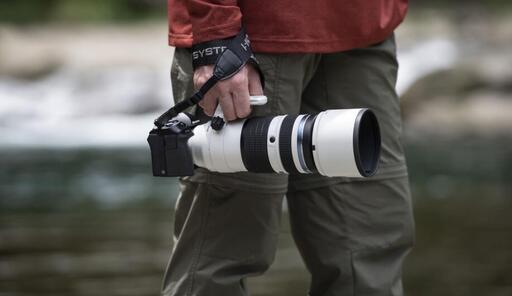
The OM SYSTEM M.Zuiko Digital ED 50-200mm f/2.8 IS PRO lens is a 100-400mm-equivalent telephoto zoom that mixes a bright, stable design with a robust, weather-sealed, and lightweight construction.
- f/2.8 to f/22 100-400mm (Full-Frame Equivalent)
- 7-Stop 5-Axis Sync IS
- 2.6' Min. Focus, Supports C-AF at 50 fps
- ED and HR Elements & ZERO II Coating
- Internal Zoom and Focus Design
- Focus Limit Switch & 4 Lens Fn Buttons
- IP53 Weather-Sealed, Fluorine Coating
- Compatible with Optional Teleconverters
- $3,699.99 - Expected Ship Date Oct. 3, 2025
You can read the B&H post about it here.
Sigma 20-200mm f/3.5-6.3 DG Contemporary Lens (Sony E and L Mount)
The Sigma 20-200mm f/3.5-6.3 DG Contemporary lens is the ultimate all-in-one zoom, this lens remains portable without sacrificing sharpness or autofocus performance. With a maximum magnification ratio of 1:2 for close-up shots, a maximum aperture of 6.3 at 200mm, and a durable construction for any situation, this lens may never leave your camera once attached.
- Full Frame | f/3.5 to f/6.3
- Compact Wide-to-Telephoto Zoom
- HLA-Driven High-Speed AF Motor
- Rounded 13-Blade Diaphragm
- Zoom Lock Switch, Focus Mode Switch
- Minimum Focusing Distance: 9.9-25.6"
- Water and Oil-Repellent Coating
- Dust and Splash-Resistant Construction
- $999 - Estimated shipping date is Sept. 25, 2025
You can the announcement on DPReview.
Sigma 200mm f/2 DG OS Sports Lens (Sony E and L Mount)
The Sigma 200mm f/2 DG OS Sports lens is a unique telephoto prime characterized by its expressive bokeh effects, visual compression, and high sharpness that's ideal for portraiture, landscape, and indoor sports subjects.
- Full-Frame | f/2 to f/22
- Super Fast Medium Telephoto Prime Lens
- HLA-Driven High-Speed AF Motor
- 6.5-Stop Stabilization & OS2 Algorithm
- FLD and SLD Glass Elements
- Nano Porous & Super Multi-Layer Coatings
- Configurable Function Ring
- AFL Buttons, Focus Limiter Switch
- Rotating Arca-Type Tripod Socket
- Dust and Splash-Resistant Design
- $3,299 with expected delivery on Sept. 17, 2025
You can read the FStoppers review here.
Sirui Aurora 85mm f/1.4 - Nikon Z, Sony E, Fujifilm X, L Mount
The Sirui Aurora 85mm f/1.4's bright f/1.4 maximum aperture works together with a 15-bladed diaphragm to produce smooth, beautiful bokeh that not only complements your subject but helps make them standout from their background. To ensure improved image quality and prevent ghosting, aspherical, ED, and HRI lenses are incorporated in the lens design. The front lens element is protected by an antifouling fluorine coating, which minimizes the chance of dust and oil impairing it.
- Full-Frame | f/1.4 to f/16
- Fast Portrait-Length Prime
- AFL Button, AF/MF Switch, ON/OFF Button
- ASPH., ED, and HRI Elements
- 15-Blade Diaphragm
- Protective Fluorine Coating
- Dust and Moisture-Resistant Construction
- USB-C Port for Firmware Updates
- $499 is shipping now
You can read the FStoppers review here.
Virtual Camera Club News
TDS Photography Workshops! Reserve your spot now. We have an exciting slate of online and in-person events. If you have any questions, use the Nimble Photographer Contact Form. I will get back to you ASAP.
Route 66 Photography Workshop - Oct. 14-17, 2025 - Join photographer and Route 66 explorer Rob Knight to explore the "mother road" this October 14-17. The stretch of Route 66 through northern Arizona contains many of the most iconic spots that still exist from the heyday of American car culture. We will visit towns along Route 66 like Seligman, Oatman, and Williams, Arizona. Along the way we will explore and photograph the roadside attractions that made Route 66 so legendary, like motels, gas stations, and more.
The workshop will combine field work and exploration with lab sessions to make sure you come home with some iconic shots. Rob has been exploring and photographing Route 66 for 13 years, and he will make sure you are in the right place at the right time for the best light and photographic opportunities. Meet the group in Las Vegas, then head south where your days will be filled with exploration, learning, and great photography.
Sonoma County Autumn Adventure Workshop, led by Derrick Story, starting on Nov. 4, 2025.
You can reserve your place of each of these events by visiting our Workshops Page.
Costa Rica! June 2026 - Complete information and registration here. This will be a once in a lifetime photography event. I hope you can join us.
Inner Circle Bold. Sign up for the Annual Membership that's only $75.60 a year, you will receive all of the regular Inner Circle benefits, plus a coupon for your choice of a 2026 Online workshop hosted by me.
The Nimble Photographer Newsletter is now publishing every Thursday. Readers will enjoy a variety of content spanning from short photo essays, to commentary on weekly events, to reviews of the latest and coolest photo gear.
Inner Circle Members: A big thanks to those who support our podcast and our efforts! We are having a blast at our new Inner Circle hangout, the private group I've set up at DerrickStoryOnline. We'd love it if you join us. You can become an Inner Circle Member by signing up at our Patreon site. You will automatically be added to the new hangout.
Great Photography Articles on Live View - If you check out our publication and appreciate what you see, be sure to follow us and clap for those authors. You can find us at medium.com/live-view.
If you're interested in writing for Live View, drop me a line at dstory@gmail.com.
The New Donation Kit for Carefree Shipping of Found Film Cameras - If you've discovered a film camera that's no longer being used, our new Donation Kit makes it easy to pack and ship. Just visit the Contact Form on thenimblephotographer.com, click the box next to Donating a Film Camera, and let me know what you have. In your note, be sure to include your shipping address.
Affiliate Links - The links to some products in this podcast contain an affiliate code that credits The Digital Story for any purchases made from B&H Photo and Amazon via that click-through. Depending on the purchase, we may receive some financial compensation.
Red River Paper - And finally, be sure to visit our friends at Red River Paper for all of your inkjet supply needs.
See you next week!
You can share your thoughts at the TDS Facebook page, where I'll post this story for discussion.
